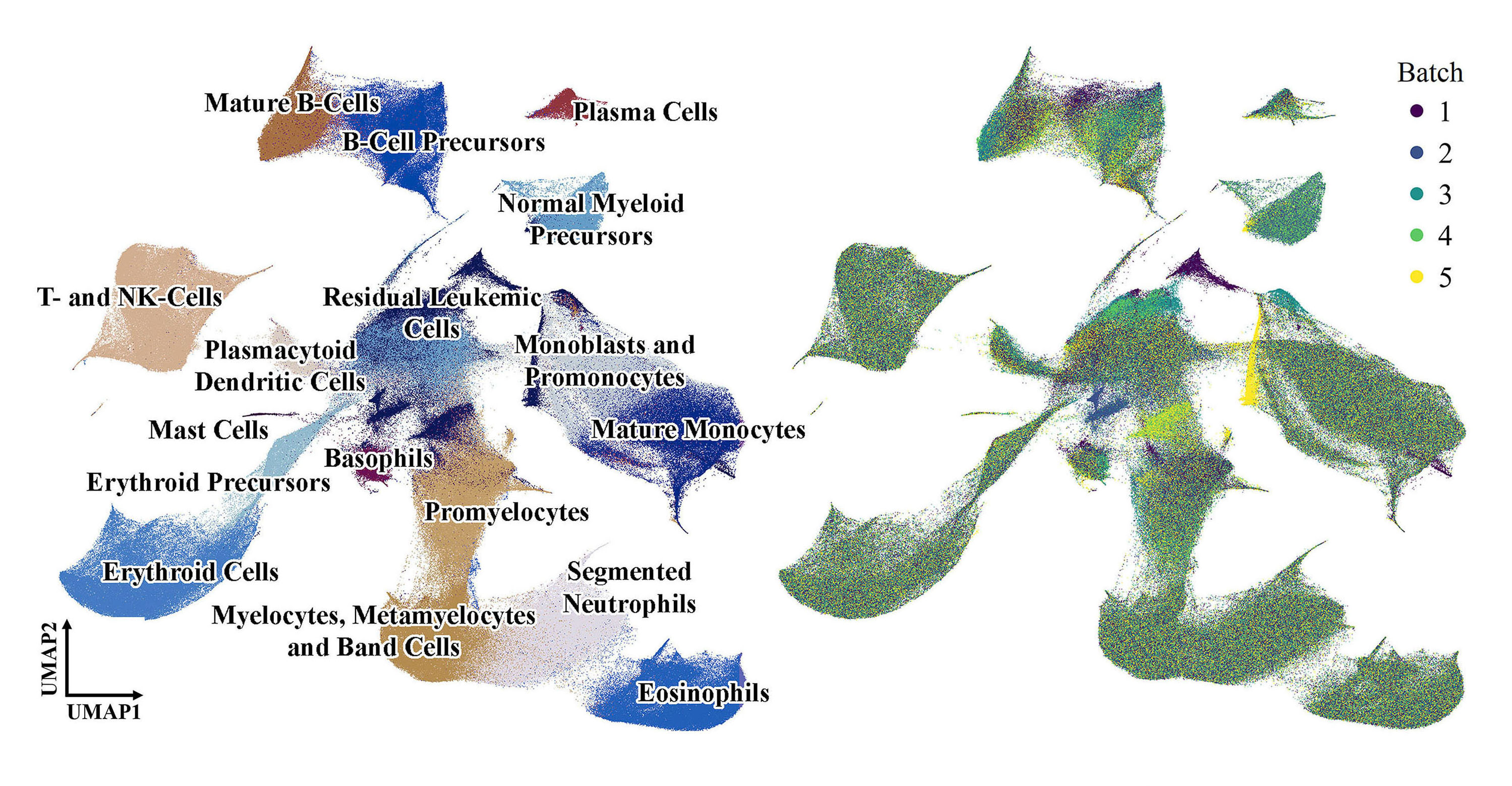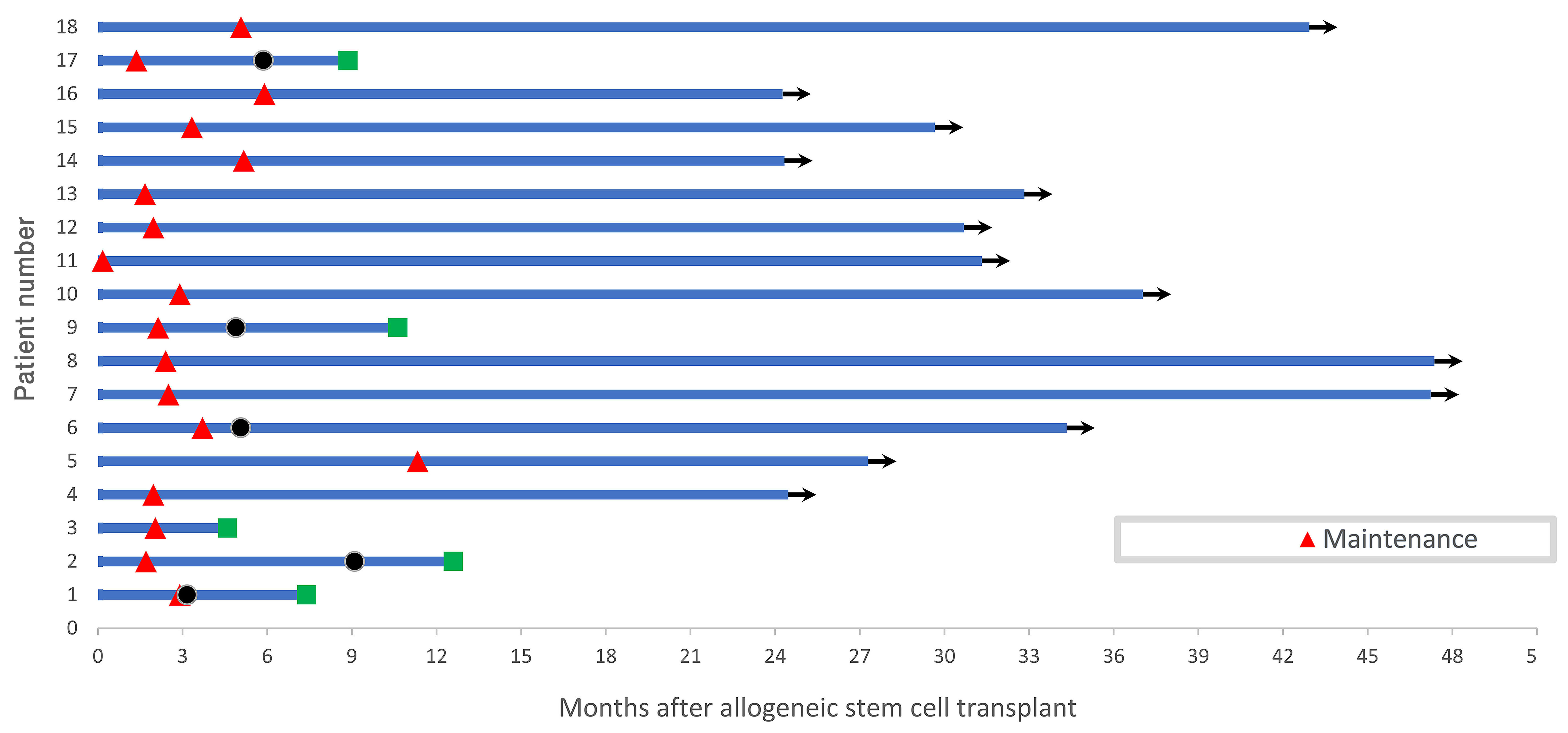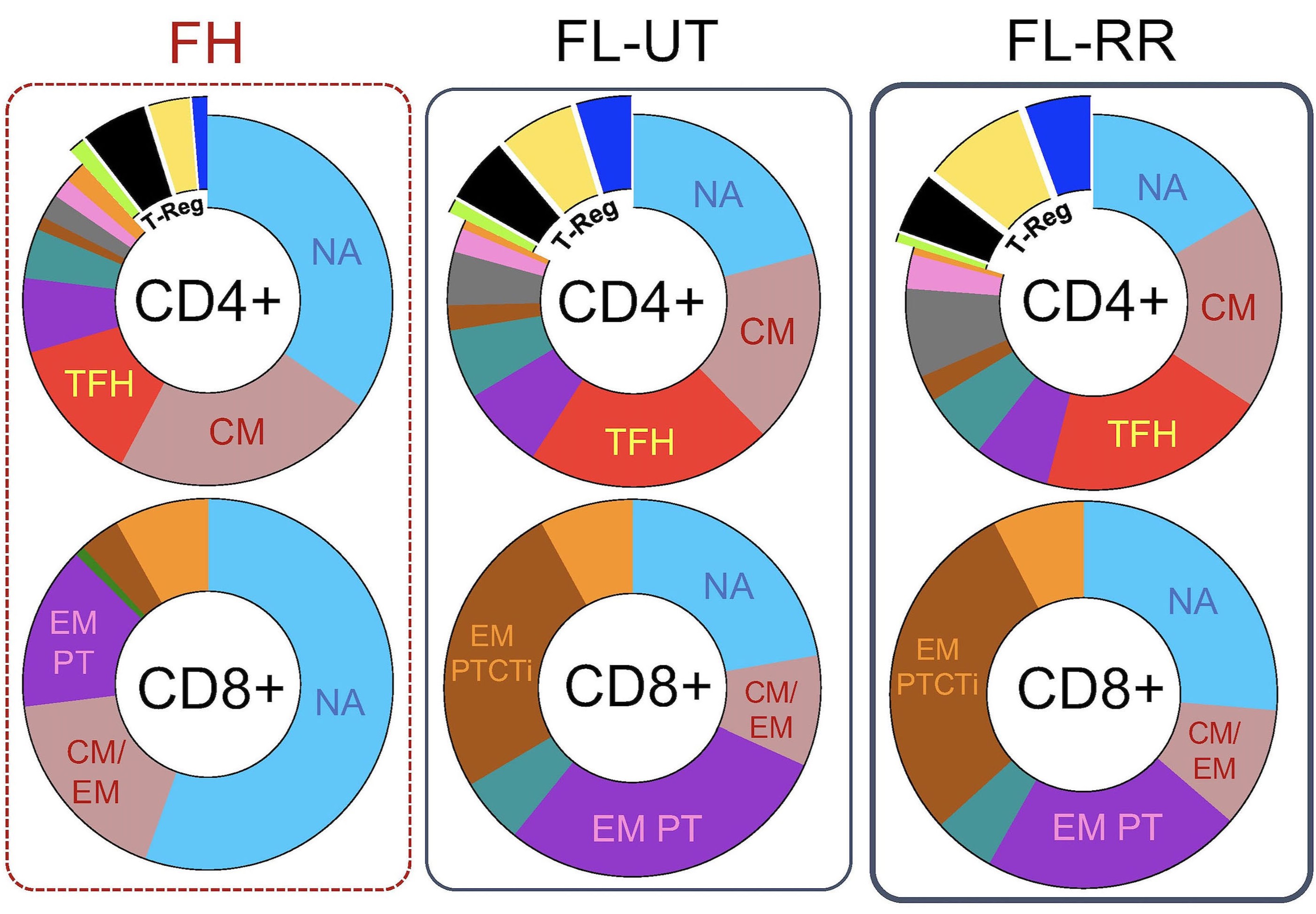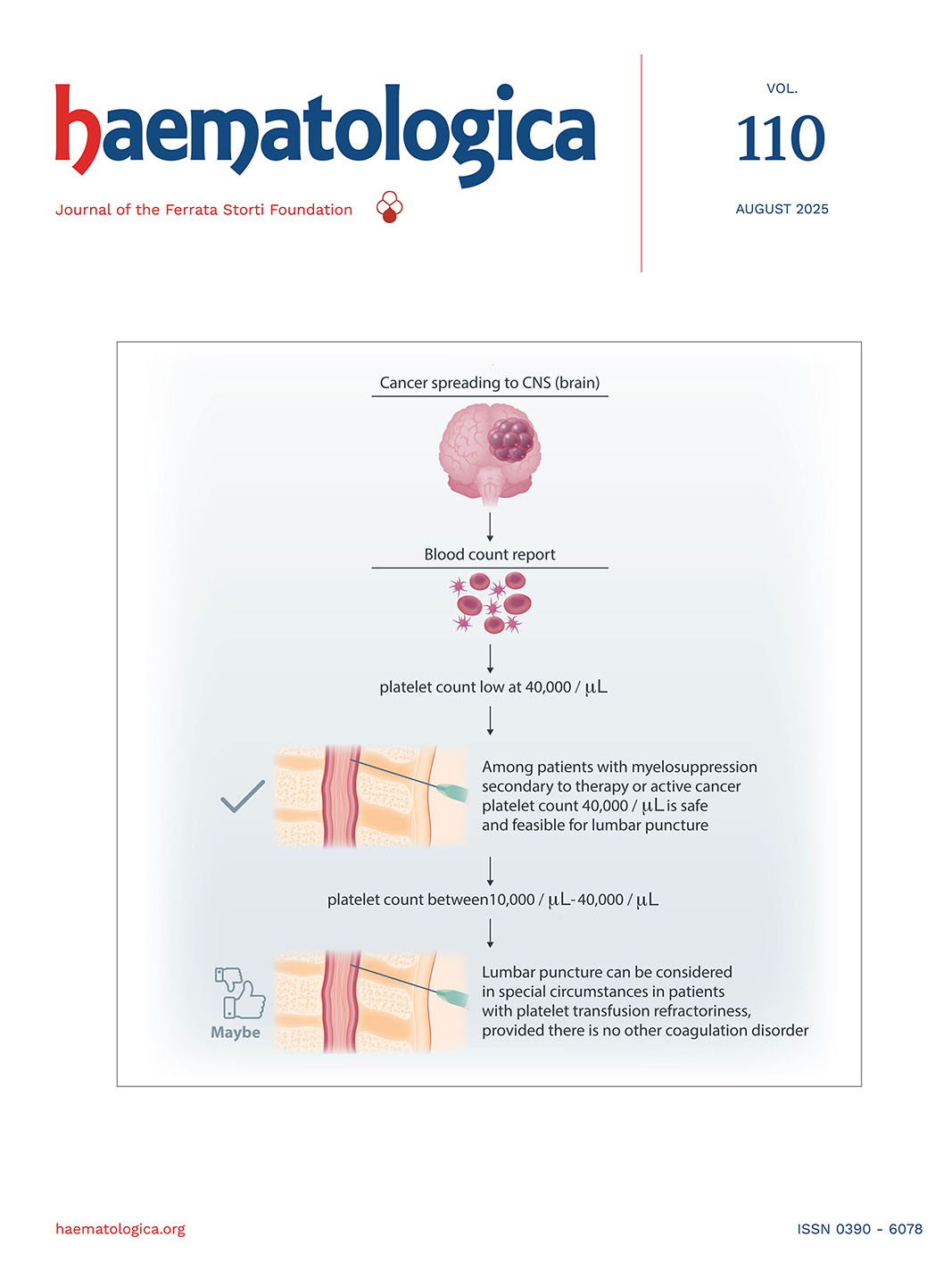CURRENT ISSUE
August, 2025
No. 110 (8)
2024 Impact Factor: 7.9
2024 Journal Citation Indicator: 1.9
2024 CiteScore: 11.3
2024 Journal Citation Indicator: 1.9
2024 CiteScore: 11.3
EDITOR'S PICKS
Review Article
Asparaginase-associated hyperammonemia
ARTICLES IN THREE SENTENCES

Letter
A machine learning approach for the rapid identification of measurable residual disease in acute myeloid leukemia
The application of machine learning (ML) models for the detection of measurable residual disease (MRD) in acute myeloid leukemia (AML) would have the potential advantages of being objective, reproducible, and fast. Vahedi and colleagues applied a fully automated ML approach for MRD detection by multiparameter flow cytometry with the aim of it performing at least as well as manual MRD gating, while reducing the cost and time of analysis. Their work constitutes a relevant contribution to the development of a fully automated ML approach in multiparameter flow cytometry residual leukemia monitoring in AML.

Article
Maintenance therapy with oral decitabine plus cedazuridine after allogeneic stem cell transplantation for myelodysplastic syndrome
Disease relapse remains the most common reason for transplant failure in patients with myelodysplastic syndromes (MDS) undergoing allogeneic hematopoietic stem cell transplantation. Maintenance therapies with hypomethylating agents are studied to reduce the risk of relapse by strengthening the graft-versus-leukemia effect. A retrospective study by Smallbone and colleagues investigating oral decitabine/cedazuridine maintenance in the post-transplant setting for patients with high-risk MDS demonstrates a promising efficacy profile with myelosuppression as the primary toxicity.

Article
Deep immunophenotypic dissection and clinical impact of T cells in the follicular lymphoma microenvironment
An in-depth knowledge of the microenvironment of follicular lymphoma (FL) may provide key insights into lymphomagenesis and enhancement of therapeutic options. The study by El Daker and colleagues compares the T-cell composition of a follicular hyperplasia cohort with 91 FL samples. Their findings suggest that changes in the balance between T-cell subtypes may lead to greater tumor growth and identifies factors that are associated with earlier time to treatment in untreated FL.

Article
Inter-platelet communication driving thrombus formation is regulated by extracellular calpain-1 cleavage of connexin 62
Communication between platelets during thrombus formation is controlled by intercellular tunnels made by connexin (Cx) gap junction proteins. Building on their previous findings, Taylor and colleagues sought to further explore the regulation and function of Cx62 in human platelets. They discovered that upon platelet stimulation, Cx62 channels are subject to Ca2+-dependent proteolytic cleavage, likely via calpain-1, suggesting a novel extracellular role for calpain-1 in the regulation of Cx62 structure and function.
TAKE ADVANTAGE FROM HAEMATOLOGICA





